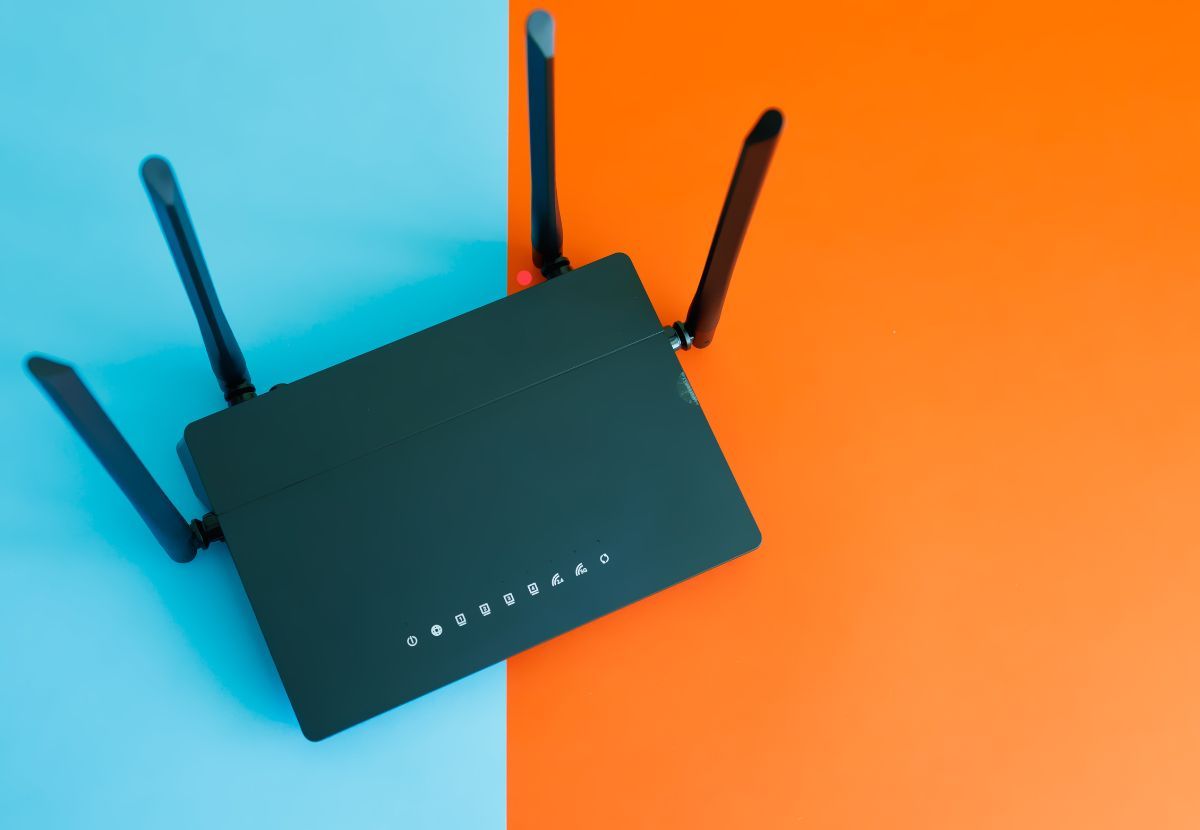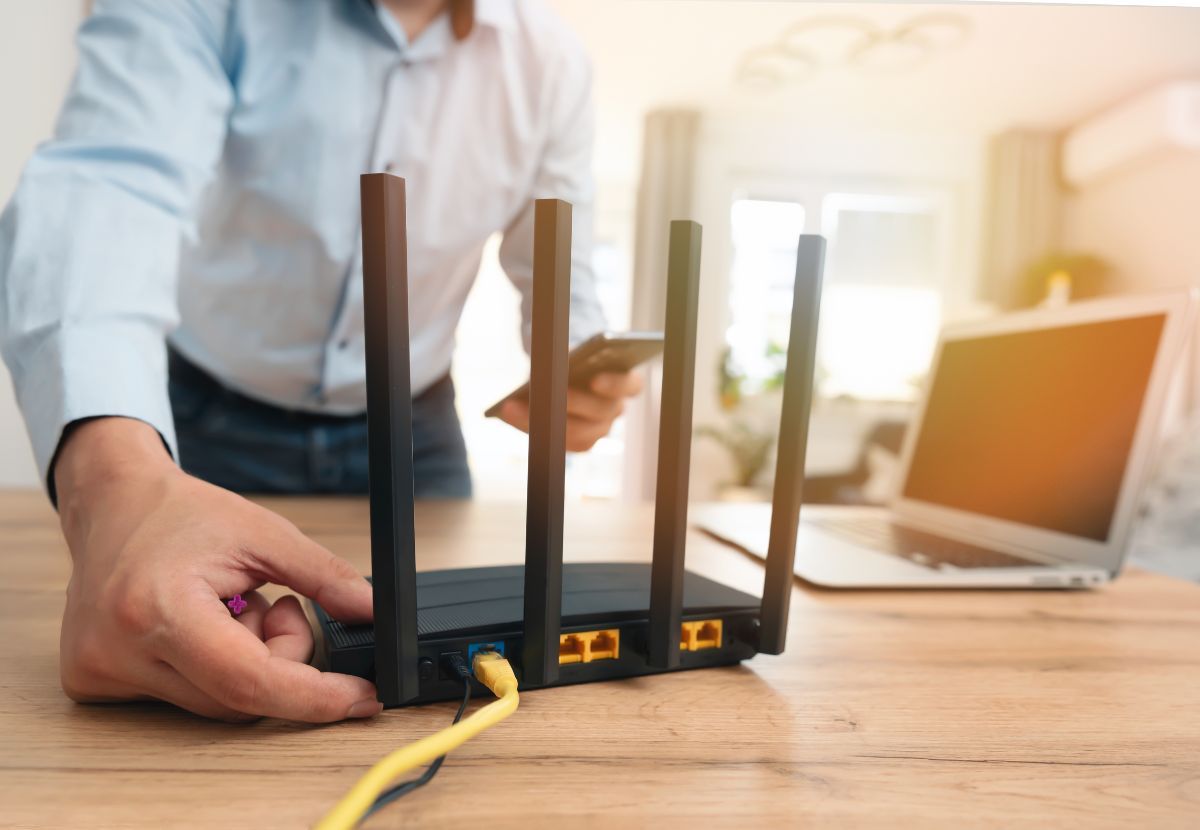
In this digital age, How to Turn Off or Restart an iPhone, smartphones have become essential to our daily lives, and iPhones are among the most popular choices. It is indisputable that we depend on these gadgets for work, communication, and enjoyment. However, iPhones may encounter glitches or require a simple reboot like any electronic device. Knowing how to turn off or restart your iPhone is a fundamental skill every user should possess.
Table of Contents
- Turning Off an iPhone
- Restarting an iPhone
- When to Turn Off or Restart Your iPhone
- Troubleshooting Issues
- Conclusion
- FAQs
- Can Turning off my iPhone Frequently Damage it?
- How Often should I Restart my iPhone?
- Will Turning off my iPhone Delete any Data?
- What Should I do if my iPhone won't turn off or Restart?
- Is it Necessary to Turn off my iPhone at Night?
Turning Off an iPhone

Turning off an iPhone is a straightforward process that can be done in just a few steps:
- Press and hold the Side (or Top) button and one of the volume buttons simultaneously.
- Hold the buttons until the screen displays the "slide to power off" slider.
- Swipe the slider from left to right to turn off your iPhone.
- Wait a few seconds until the device completely shuts down.
You should turn off your iPhone for several reasons, including to preserve battery life, solve software problems, or carry out maintenance.
Restarting an iPhone

If your iPhone is experiencing implementation issues or unresponsive behaviour, restarting it can often resolve the problem. Here's how to restart an iPhone:
- Press and hold the Side (or Top) button until the power-off slider appears.
- Release the Side (or Top) button, then press & hold it again until the Apple logo seems on the screen.
- Wait for your iPhone to restart completely.
Restarting your iPhone is similar to turning it off. Still, instead of swiping the slider to power off, you initiate a reboot by holding down the Side (or Top) switch until the Apple logo appears.
Knowing when to turn off or restart your iPhone can help maintain its optimal performance and resolve certain issues. Here are some scenarios where doing so might be necessary:
- Software Updates: Restarting your iPhone after installing a new software update might help ensure that the updates are applied correctly.
- App Crashes: Restarting your iPhone can help clear the memory and resolve the issue if an app becomes unresponsive or crashes frequently.
- Overheating: If your iPhone feels hot to the touch or is experiencing unusual battery drain, turning it off for a few minutes can help cool it down.
- System Freezes: In the event of a system freeze or unresponsive screen, a restart can help reset the device and restore functionality.
Troubleshooting Issues
Turning off or restarting your iPhone can often resolve common issues such as:
- Slow Performance: If your iPhone runs sluggishly, a reboot can clear temporary files and refresh the system, improving performance.
- Battery Drain: Closing background apps and restarting your iPhone can help identify and eliminate battery-draining processes.
- Connectivity Problems: Restarting your iPhone can reset network settings and resolve connectivity issues with Wi-Fi or cellular data.
Regularly turning off or restarting your iPhone can ensure that it operates smoothly & efficiently, minimizing the risk of software glitches or performance issues.
Conclusion
Knowing how to turn off or restart your iPhone is a fundamental skill that can help you maintain its optimal performance and troubleshoot common issues. You can turn off or restart your device by following the easy procedures described in this article whenever needed. Remember to utilize these techniques whenever you encounter software glitches, app crashes, or other performance issues with your iPhone.
FAQs
Can Turning off my iPhone Frequently Damage it?
Turning off your iPhone occasionally is perfectly safe and can help improve its performance by clearing temporary files and refreshing the system.
How Often should I Restart my iPhone?
There's no set frequency for restarting your iPhone, but doing so periodically can help prevent performance issues and ensure that software updates are properly installed.
Will Turning off my iPhone Delete any Data?
No, turning off your iPhone will not delete any data. It shuts down the device temporarily, and all your data will remain intact when you turn it back on.
What Should I do if my iPhone won't turn off or Restart?
Suppose your iPhone becomes unresponsive and won't turn off or restart using the usual methods. In that case, you can perform a force restart by following specific button combinations for your device model.
Is it Necessary to Turn off my iPhone at Night?
While turning off your iPhone every night is unnecessary, doing so can help conserve battery life and prevent unnecessary background processes from running.











